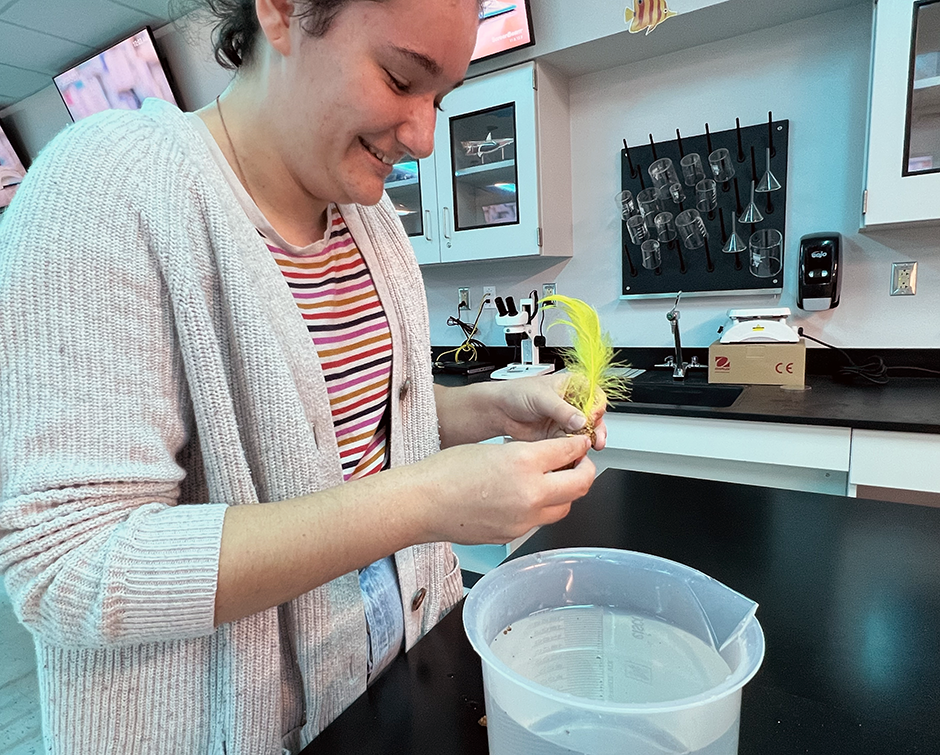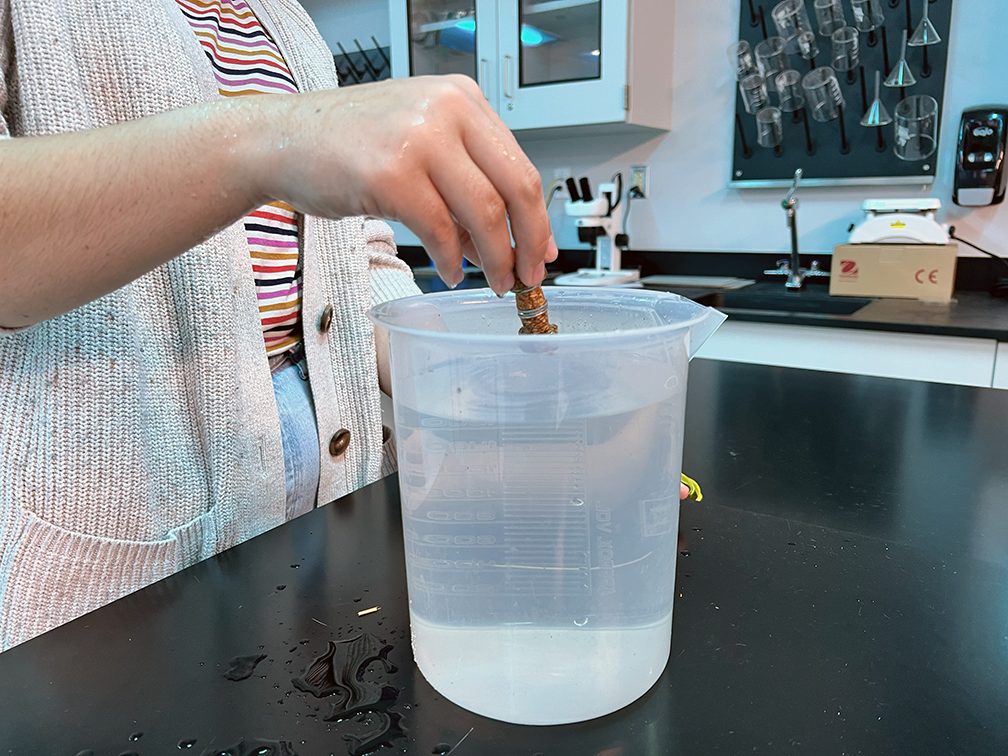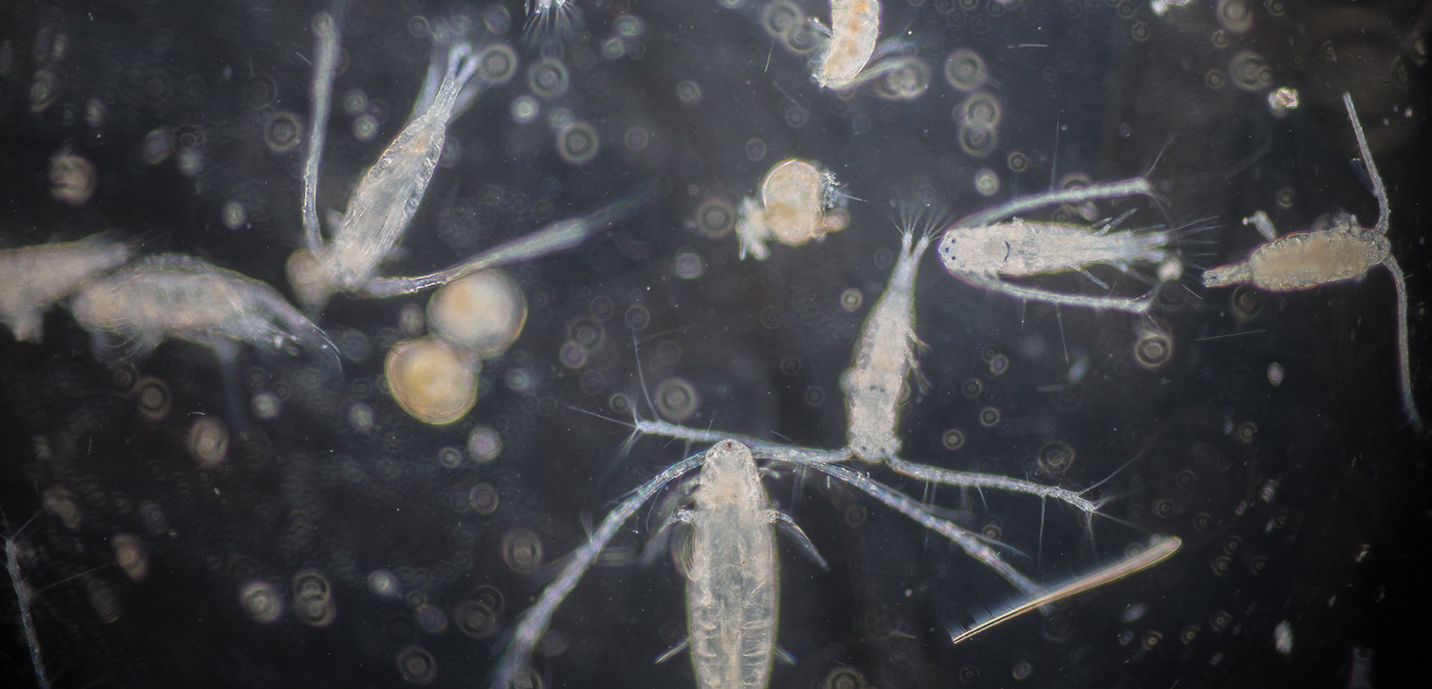When you swim in a swimming pool, have you ever tried to sit directly in the middle of the water? Feet not touching the bottom, head not reaching the surface? Well, there’s a whole group of organisms that must live like that every day of their lives! This is called being neutrally buoyant. Buoyancy is the tendency or ability to float in water, being positively buoyant means floating toward the surface, and being negatively buoyant means sinking to the bottom of the water. So, what exactly is being neutrally buoyant? Neutral buoyancy is when the forces of gravity acting on you is equal to the density of the liquid you are in, making you neither sink nor float.
So why is this so important to marine life?
Any organism that lives in the water column needs to be able to find neutral buoyancy. Fish use swim bladders that they fill or deflate with gasses to help them rise or fall, SCUBA divers use a Buoyancy Compensator (BC) in a similar fashion to fish, sharks use an oily liver to maintain neutral buoyancy, and plankton use an increased surface area and lipids to help them keep neutrally buoyant.
Plankton need to be neutrally buoyant, especially zooplankton which are animal-like plankton, to feed and protect themselves from predators. Many zooplankton will rise to the surface of the water to feed on phytoplankton (plant-like plankton). This is where those plankton get much of their nutrients and for many fish larvae, this is how they will grow into adults. These same zooplankton will sink down later in the day to protect themselves from predators who might try to eat them in their vulnerable hour.
But…. How?
To help my students understand neutral buoyancy and the challenge making your body neutrally buoyant brings, they competed in a STEM challenge where they used various materials with the goal of building a plankton model that was either neutrally buoyant or sank very slowly to the bottom of the container.

Materials:
- feathers
- q-tips
- cork of various sizes
- metal washers
- yarn
- toothpicks
- paper clips straws
Students were given 15 minutes to test as much of the materials and designs as they wanted to get everything narrowed down before the final timed intervals. The designs were incredibly interesting and involved carefully weighted edges, multiple spiky projections, and lots and lots of feathers.

Watching students figure out and work through the problem at hand was incredibly inspiring, they were so engaged in figuring out how to get neutrally buoyant that they begged to continue trials even after their three timed sessions.
STEM challenges are wonderful for practicing collecting data too. My students gathered the times each group had to complete a chart and then calculated the average time for each group as well as the rate. They then answered questions about how they believe plankton do this in the ocean and made determinations based on their hypothesis where they chose the right materials.

This lab was a fun and engaging way to get students thinking about buoyancy and what makes something float or sink in water, which is likely something they never really thought about before.

